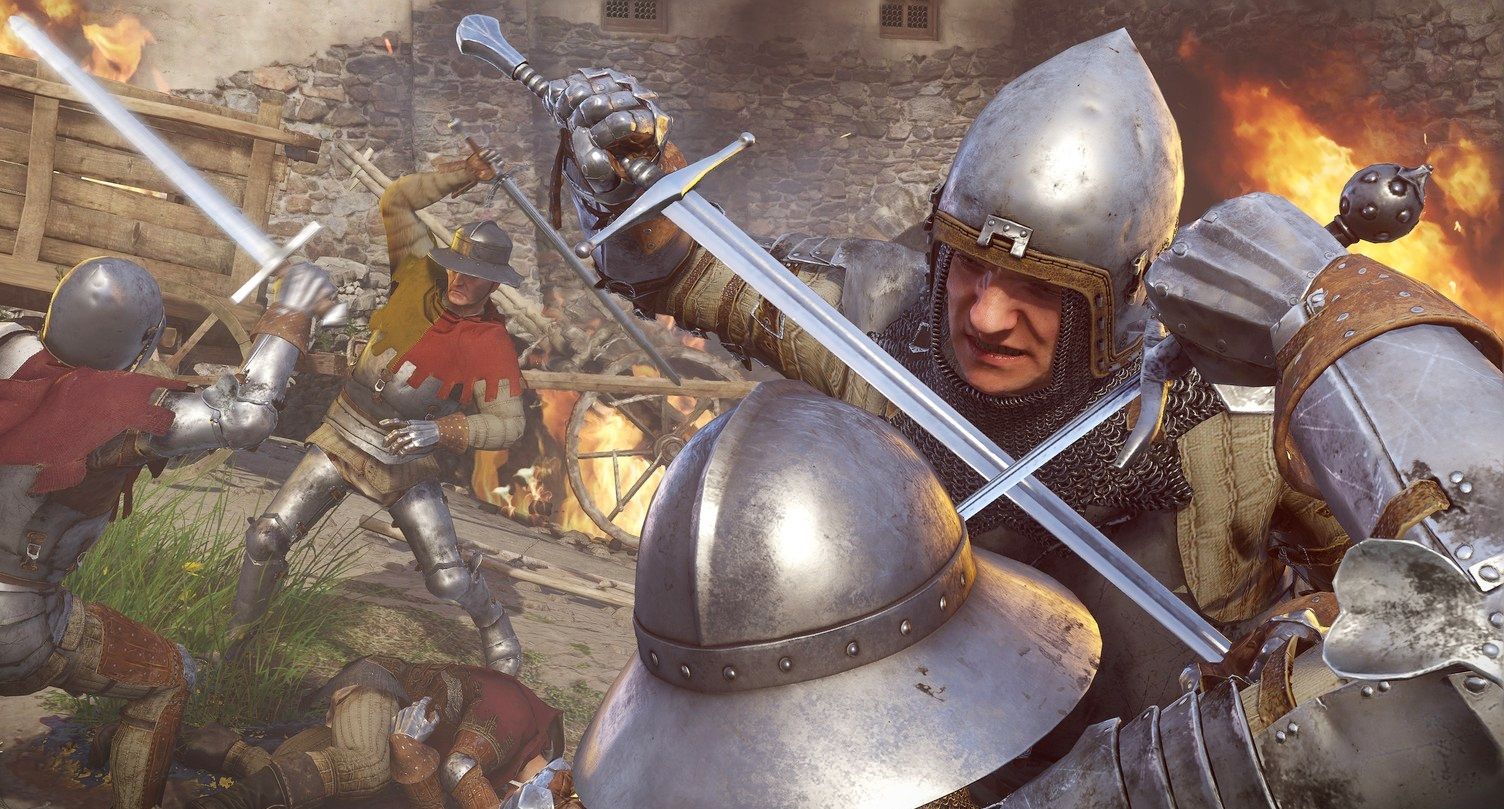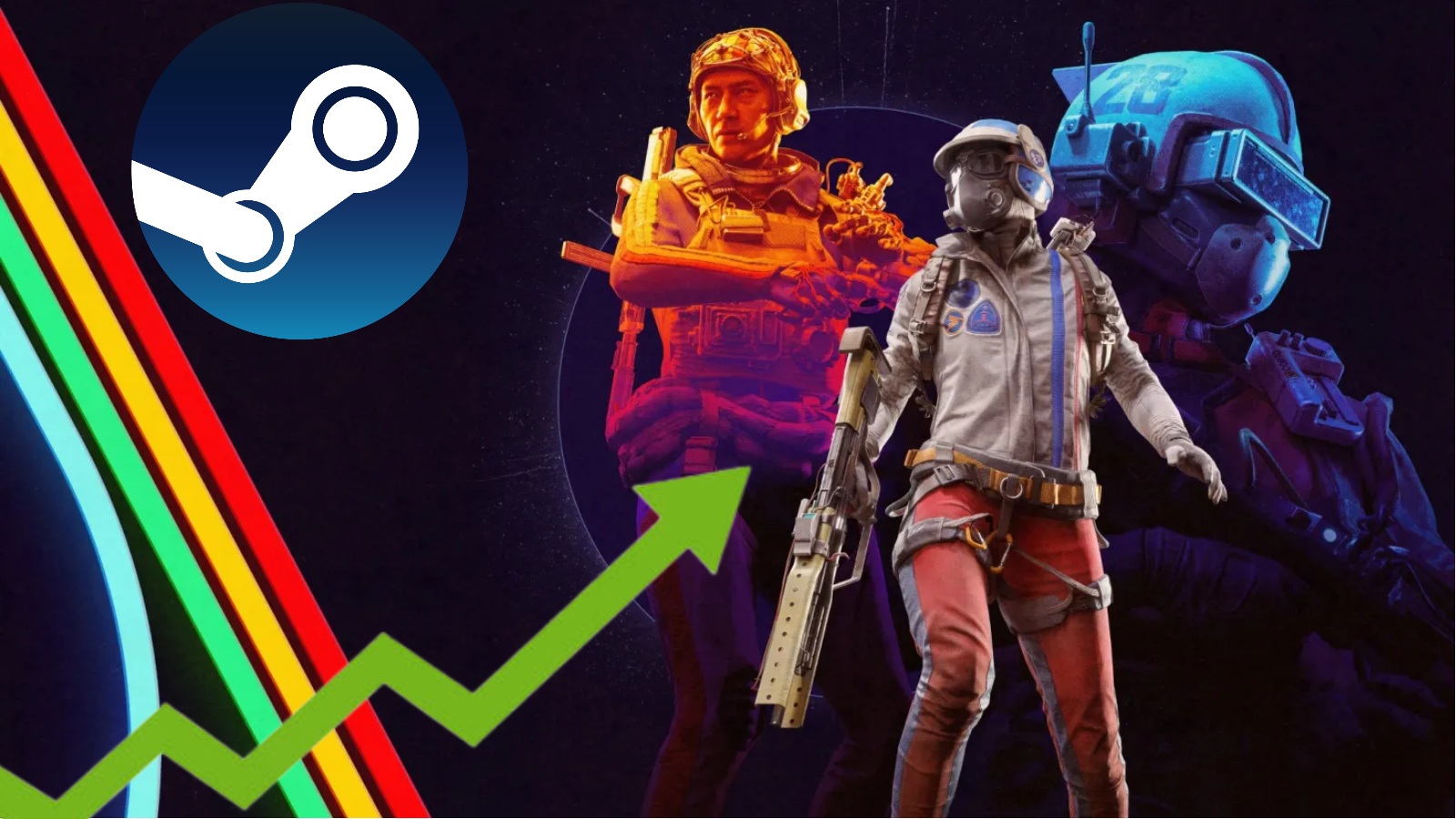Alongside the GeForce RTX 50 series graphics cards and NVIDIA DLSS 4, it’s now time to talk about another technology, NVIDIA Reflex 2. We’re talking about a technology focused primarily on competitive gaming. It’s designed to reduce latency, where a few milliseconds of input lag can decide the victory or defeat of your team.
NVIDIA Reflex 2 comes as a major evolution of NVIDIA Reflex, which was launched in 2020. This second generation of the technology further reduces latency. And it makes sense since it is a widely used technology.
An example of this is that it is available in more than 100 games, in which 90% of users have activated this technology, resulting in “tens of millions” of players who use NVIDIA Reflex every time they play.
For reference, NVIDIA Reflex arrived in 2020, reducing latency by an average of 50% Now NVIDIA Reflex 2 doubles down on its bet, reducing latency by up to 75%. To do this, the company indicates that Reflex 2 is the combination of a new mode called Reflex Low Latency, together with Frame Warp technology.
Reflex 2 Frame Warp is the result of four years of NVIDIA research into the world of eSports. The gist of it is that the GPU renders a frame, and the CPU calculates the camera position for the next frame based on the last mouse or controller input.
Frame Warp samples the new camera position from the CPU and warps the frame just rendered by the GPU to this new camera position. The warping is done as late as possible, just before the rendered frame is sent to the display, ensuring that the last mouse input is reflected on the screen.
Nvidia Reflex 2 Performance Test With VALORANT
What you can see is a latency test with NVIDIA Reflex 1 and Reflex 2 versus not using this technology. The reference is an NVIDIA GeForce RTX 5070 with an AMD Ryzen 9 9950X. The game THE FINALS was chosen at 4K resolution at maximum quality. This results in a latency or input lag of 56 milliseconds. When Reflex is activated, the input lag drops to 27 ms while Reflex 2 further decreases the latency to 14 ms.
In other words, NVIDIA Reflex 2 improves the time of Reflex 1 by 48.15% and improves by 75% compared to not using any technology.
Regarding the Reflex Low Latency feature t is most effective when a PC is experiencing a GPU bottleneck. But with Frame Warp, it helps with both GPU and CPU bottlenecks. This allows VALORANT to be able to run at over 800 FPS on a GeForce RTX 5090 with a latency of just 2ms. This is the lowest figure ever reported in a shooter.
Thank you! Please share your positive feedback. 🔋
How could we improve this post? Please Help us. 😔
[Editor-in-Chief]
Sajjad Hussain is the Founder and Editor-in-Chief of Tech4Gamers.com. Apart from the Tech and Gaming scene, Sajjad is a Seasonal banker who has delivered multi-million dollar projects as an IT Project Manager and works as a freelancer to provide professional services to corporate giants and emerging startups in the IT space.
Majored in Computer Science
13+ years of Experience as a PC Hardware Reviewer.
8+ years of Experience as an IT Project Manager in the Corporate Sector.
Certified in Google IT Support Specialization.
Admin of PPG, the largest local Community of gamers with 130k+ members.
Sajjad is a passionate and knowledgeable individual with many skills and experience in the tech industry and the gaming community. He is committed to providing honest, in-depth product reviews and analysis and building and maintaining a strong gaming community.






